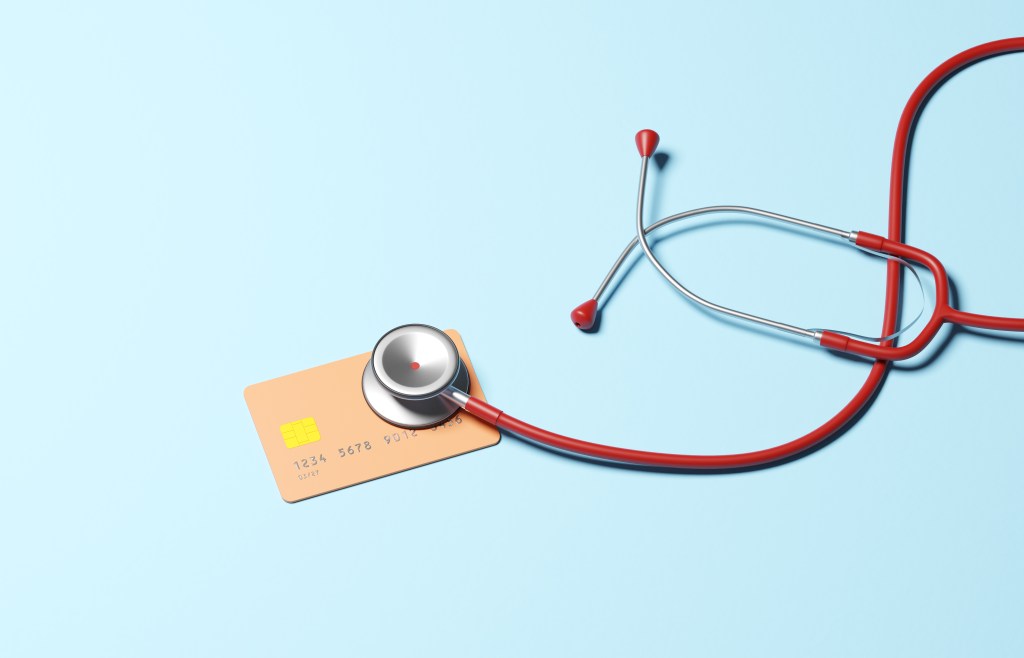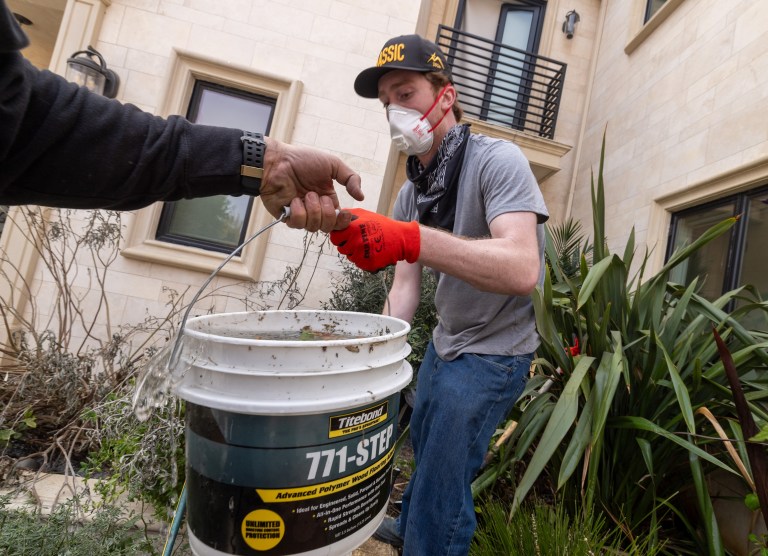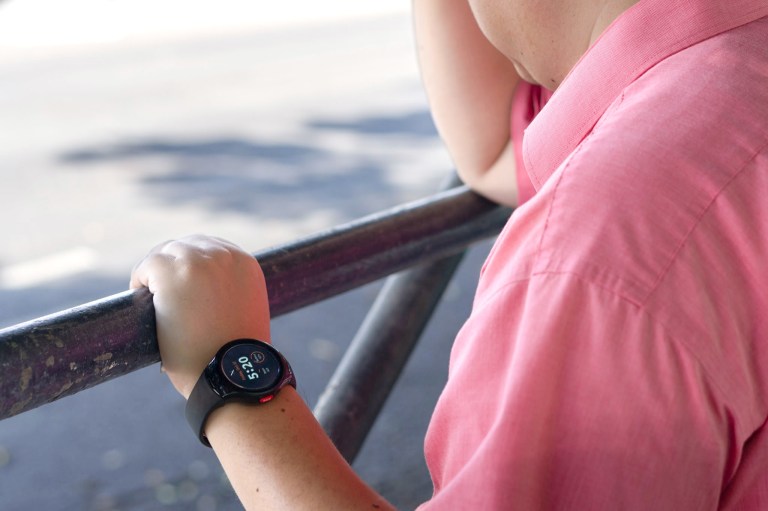This fall, Nice News is partnering with Undue Medical Debt for our Cause of the Season — a quarterly fundraising initiative spotlighting nonprofits making the world a better place. Click here to donate, and read on to learn about the essential work the organization is doing.
Undue Medical Debt has a clear and compelling hook: Every $10 donated to the nonprofit erases an average of $1,000 in medical debt for families and individuals in need.
That sounds too good to be true — but we can assure it’s not. The organization, which is partnering with Nice News for our Fall 2025 Cause of the Season fundraiser, is on a worthy mission to not only relieve the medical debt that plagues so many Americans (over 100 million, to be more exact), but also tell the story of that debt.
President and CEO Allison Sesso told Nice News that “telling the story” is critical to helping the public understand the heavy burden of medical debt in the U.S., which totals more than $220 billion nationwide.
“When we help people, we encourage them to tell their stories of medical debt, because we think that that helps break the stigma,” she said. Some beneficiaries share that they’d been ignoring other physical ailments because they were afraid seeking health care would leave them saddled with more debt. Others say they didn’t realize how much anxiety they were carrying around until they received a letter in the mail from Undue Medical Debt saying their bills were gone.
But how does the process of erasing debt actually work? Undue Medical Debt evaluates large, discounted bundles of debt from hospitals and health care providers — much like a debt collector might do.
But unlike debt collectors, the nonprofit pinpoints the debt of those most in need (primarily those at four times the federal poverty level or below), buys it in bulk, and simply relieves it rather than going after the debtor. People cannot apply to be recipients, and there are no tax consequences or penalties for beneficiaries. At the time of publication, Undue Medical Debt had relieved $22.8 billion for upward of 14.7 million people, but you can follow the ever-increasing tally on its website homepage for an updated number.
Sesso said it’s just one way to help heal what she sees as a “broken health care financing program” in the United States. “The No. 1 predictor of whether or not you end up in medical debt is whether or not you get sick,” she said. “That is clearly a systems problem — that is not a problem of an individual.”
In addition to pooling funds from donors, Undue Medical Debt teams up with state and local governments looking to ease residents’ financial stressors, with over 25 partners across the country, including Arizona, New Jersey, Los Angeles County, and New York City. The organization also works closely with health care systems.
“By working with us, hospitals are actually aligning better with their goals, because they’re relieving people of this burden that creates anxiety and [worsens] mental health, which impacts your physical health,” Sesso explained. She added that having debt “also prevents people from going to get the care that they need in the first place … which, again, undermines the goals of health care industries generally.”
One of the beneficiary stories that has resonated most with Sesso is that of Deandrea, a 30-year-old woman living in Brooklyn with her 1-year-old daughter. In 2021, Deandrea got into a “tragic” car accident in which her vehicle was hit by a truck and she was ejected onto the highway. She was in the hospital for two months, a stay that involved receiving skin grafts on 80% of her body, undergoing major surgeries, and having a titanium rod inserted in her left leg.

Deandrea with her daughter.
Deandrea fought hard, received incredible medical care, and miraculously survived the ordeal — only to be left with $45,000 in medical bills, after insurance. For years, she carried around the anxiety of her debt, until, just a few weeks before the four-year anniversary of her accident, she got a surprise letter from Undue Medical Debt announcing that the financial burden was gone.
She described her response to the news as “a deep, emotional release,” and the happy story doesn’t end there. The positive experience Deandrea had at the hospital, coupled with her financial freedom, inspired her to pursue a career in social work — an example of how debt relief can lead to dreams realized.
And at a time when the affordability of and access to Medicaid is being limited, Sesso said Undue Medical Debt’s work is more important than ever.
“When there’s less people insured overall, it means a higher cost to get access to any kind of insurance for everybody,” she explained, noting: “We’re all in this together in terms of health care financing.”
RELATED: America’s National Parks Are Precious — And They Need Our Support More Than Ever











